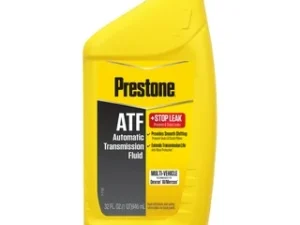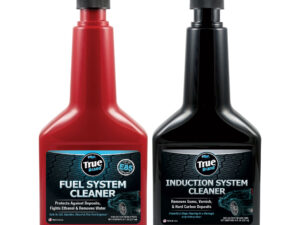Description
Taming the Bubbles: Understanding Anti-Foam Additives
Foam – we love it on our lattes and in our bubble baths, but it can be a major headache in industrial processes. From manufacturing and pharmaceuticals to food processing and wastewater treatment, unwanted foam can lead to inefficiencies, safety hazards, and product defects. That’s where anti-foam additives step in as silent guardians against the bubble menace.
What are Anti-Foam Additives?
Anti-foam additives, also known as defoamers, are chemical substances designed to reduce or prevent the formation of foam in liquids. They achieve this by destabilizing the foam structure, causing the bubbles to coalesce and break. These additives are typically surface-active agents, meaning they have both hydrophobic (water-repelling) and hydrophilic (water-attracting) properties. This unique characteristic allows them to migrate to the air-liquid interface where foam is formed.
How Do They Work?
The mechanism of action behind anti-foam additives is complex, but generally involves the following principles:
- Entry and Spreading: The additive must be able to quickly enter the existing foam and spread across the bubble surface.
- Displacement: The additive displaces the surface stabilizers (e.g., proteins, surfactants) responsible for the foam’s stability.
- Bridge Formation and Rupture: The additive creates bridges between adjacent bubbles. These bridges are weaker than the original bubble film, causing the bubbles to thin and eventually rupture.
- Oil Phase Droplet Formation: Some anti-foams contain oil droplets that enter the bubble film and weaken it, leading to collapse.
Types of Anti-Foam Additives:
A wide range of anti-foam additives are available, each tailored to specific applications and environments. Some of the most common types include:
- Silicone-Based Anti-Foams: These are highly effective and versatile, often used in harsh environments and high temperatures. They are generally inert and compatible with a wide range of systems.
- Oil-Based Anti-Foams: These contain mineral oils, vegetable oils, or other hydrophobic liquids. They are cost-effective and suitable for various applications, including paints, inks, and textile processing.
- Powdered Anti-Foams: These are used in powder-based products like detergents and dry mixes. They are typically composed of a hydrophobic material coated onto a carrier particle.
- Water-Based Anti-Foams: These are emulsions of active anti-foam compounds in water. They are environmentally friendly and easy to disperse, making them suitable for wastewater treatment and other aqueous systems.
- Polyether Anti-Foams: These are commonly used in food processing and pharmaceutical applications due to their low toxicity and excellent performance in alkaline environments.
Applications Across Industries:
The applications of anti-foam additives are diverse and essential for efficient processes across numerous industries:
- Wastewater Treatment: Controlling foam in wastewater treatment plants is crucial for optimizing aeration processes and preventing overflows.
- Pulp and Paper Manufacturing: Foam can hinder paper production by causing uneven coating and reducing drainage.
- Food Processing: Preventing foam in food processing is vital for maintaining product quality and preventing contamination. This includes applications like beer brewing, juice processing, and dairy production.
- Pharmaceuticals: Controlling foam during drug manufacturing ensures accurate dispensing and prevents loss of product.
- Paints and Coatings: Foam in paints and coatings can lead to imperfections and reduce the product’s overall performance.
- Textile Processing: Anti-foams are used to control foam in dyeing and finishing processes, ensuring consistent product quality.
- Oil and Gas: Foam can be problematic during oil and gas extraction and refining, reducing efficiency and potentially causing safety hazards.
Choosing the Right Anti-Foam:
Selecting the appropriate anti-foam additive is crucial for achieving optimal performance. Factors to consider include:
- The nature of the foaming liquid: Understanding the composition and properties of the liquid is essential for choosing a compatible anti-foam.
- The type of foam being generated: Different types of foam require different approaches to destabilization.
- Operating conditions: Temperature, pH, and pressure can all impact the performance of anti-foam additives.
- Regulatory requirements: For applications involving food, pharmaceuticals, or drinking water, it is imperative to choose an anti-foam that meets all relevant regulations.
- Dosage: Determining the optimal dosage is essential for achieving the desired level of foam control without negatively impacting the process or product.
Conclusion: A Key Ingredient for Efficiency and Control
Anti-foam additives are indispensable tools for controlling unwanted foam across a wide range of industrial processes. By understanding their mechanisms of action, types, and application considerations, industries can effectively tame the bubbles and ensure smoother, more efficient, and safer operations. As technology advances, we can expect to see even more innovative and tailored anti-foam solutions emerge, further enhancing the effectiveness and sustainability of these essential additives.











Reviews
There are no reviews yet.